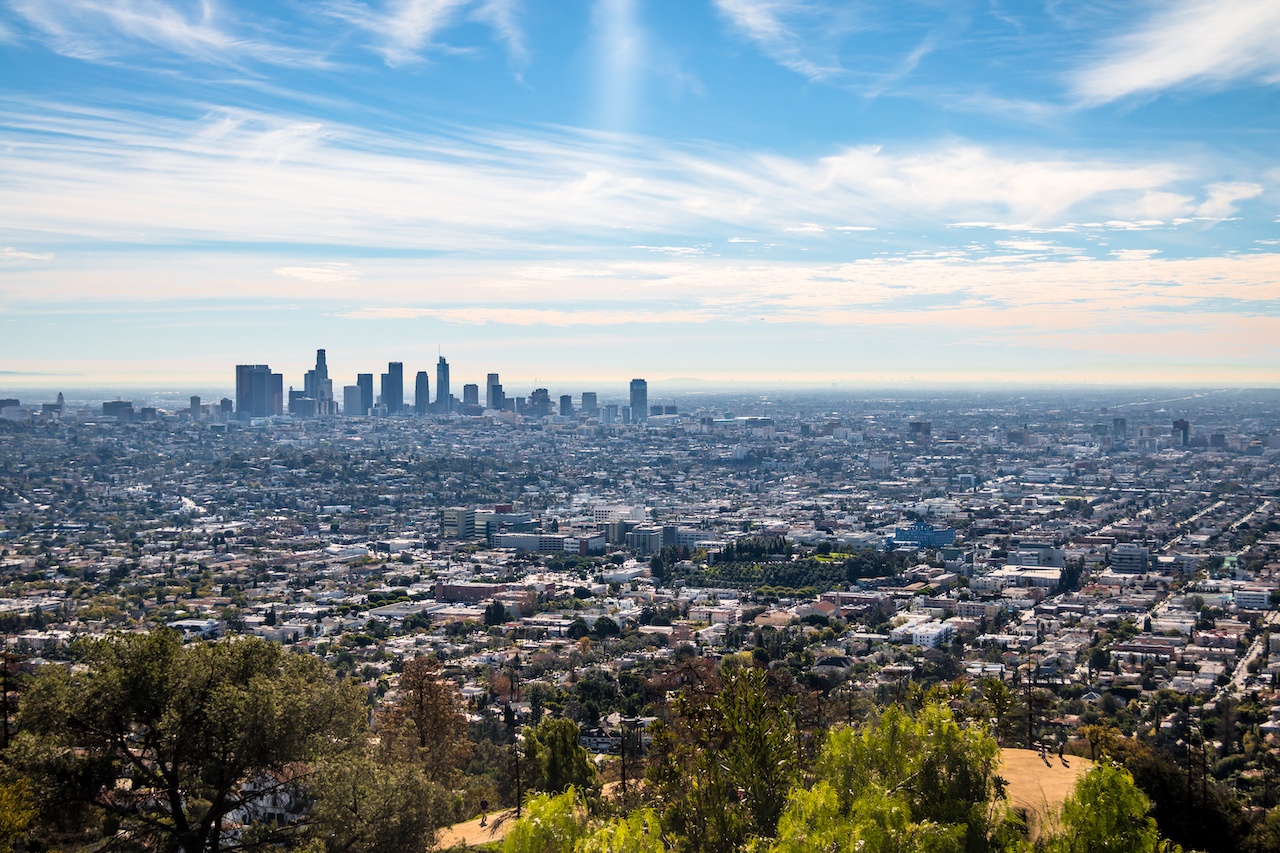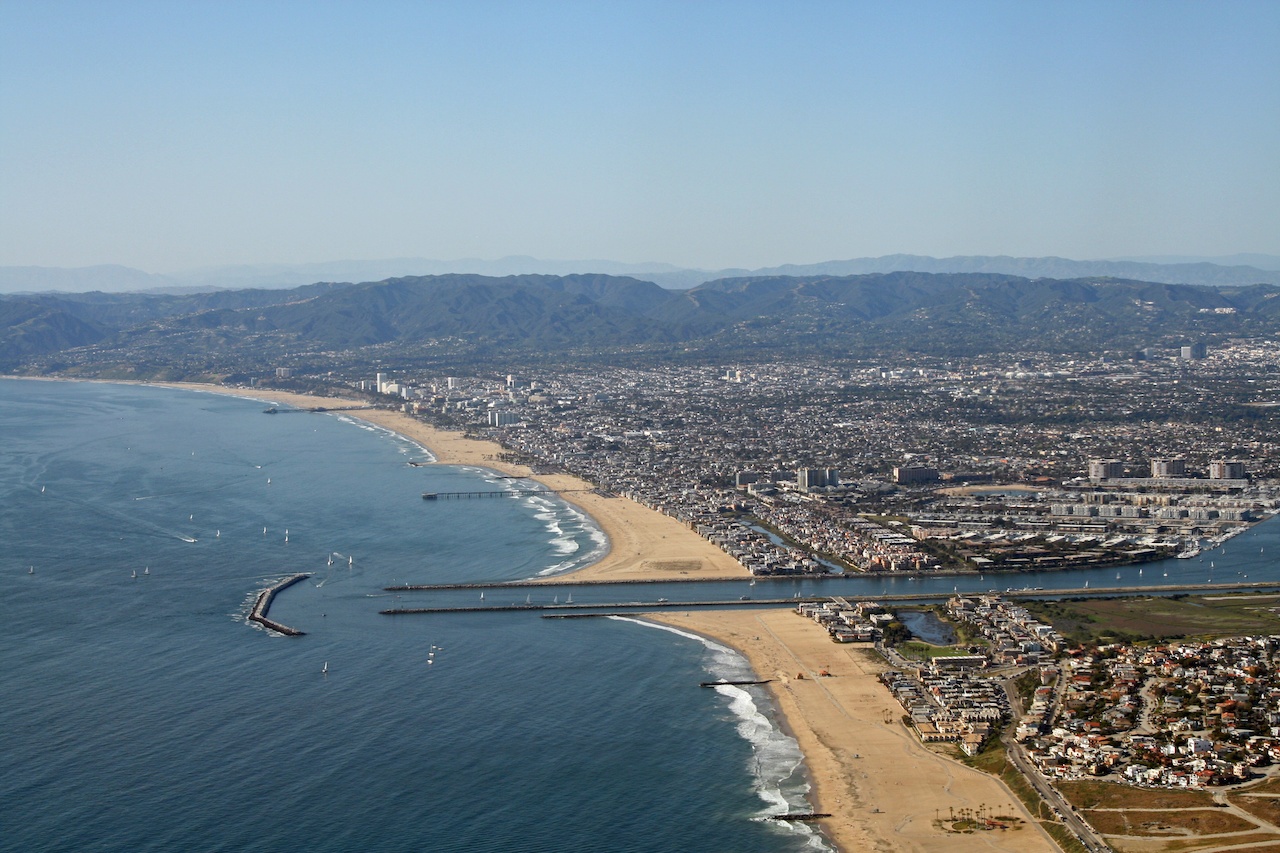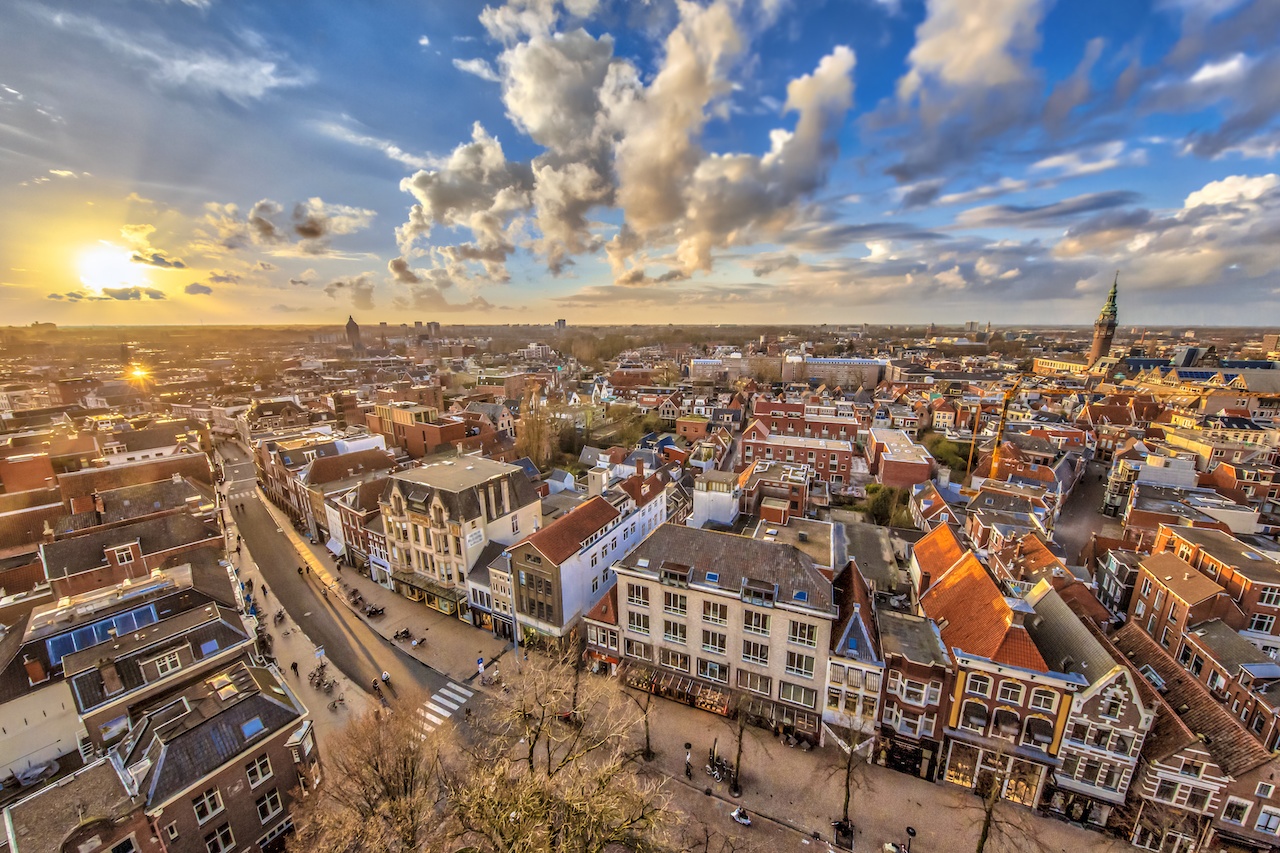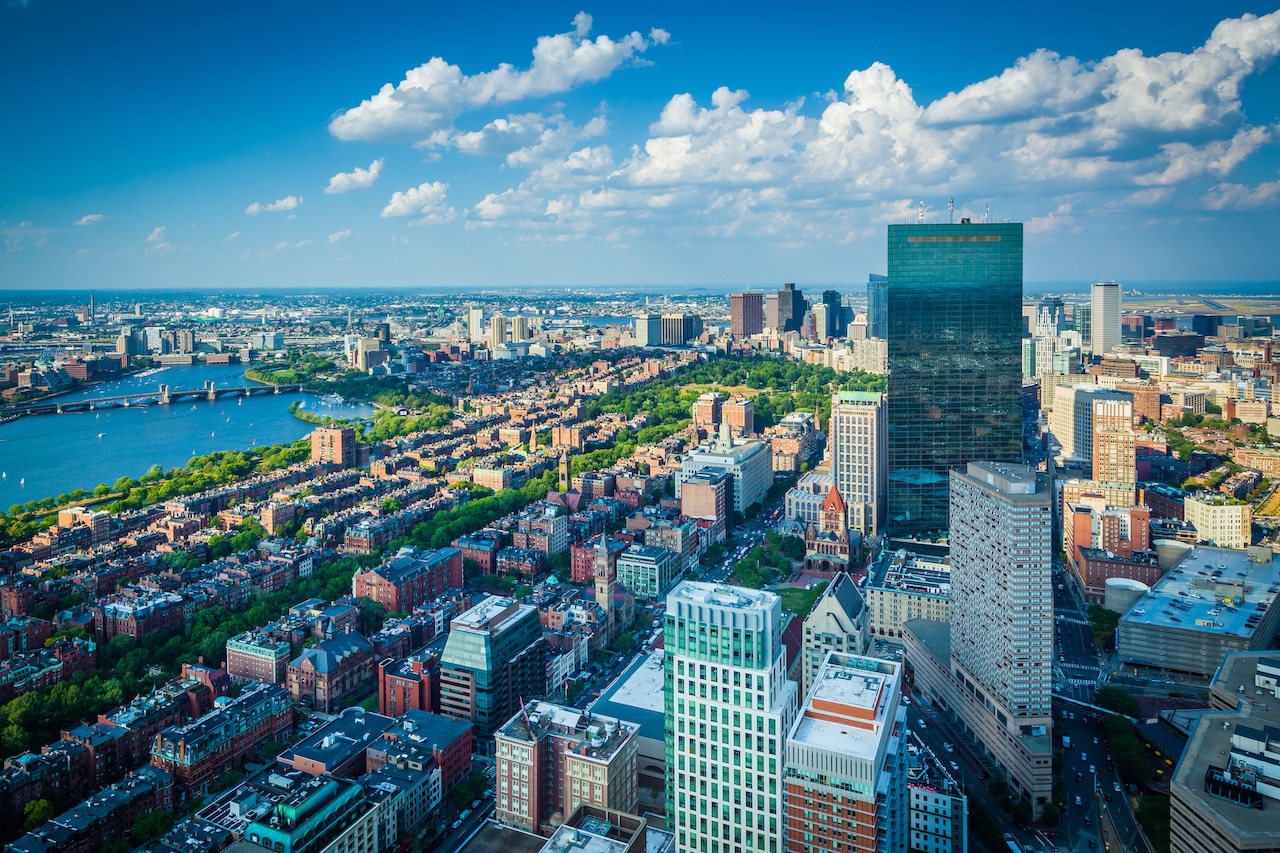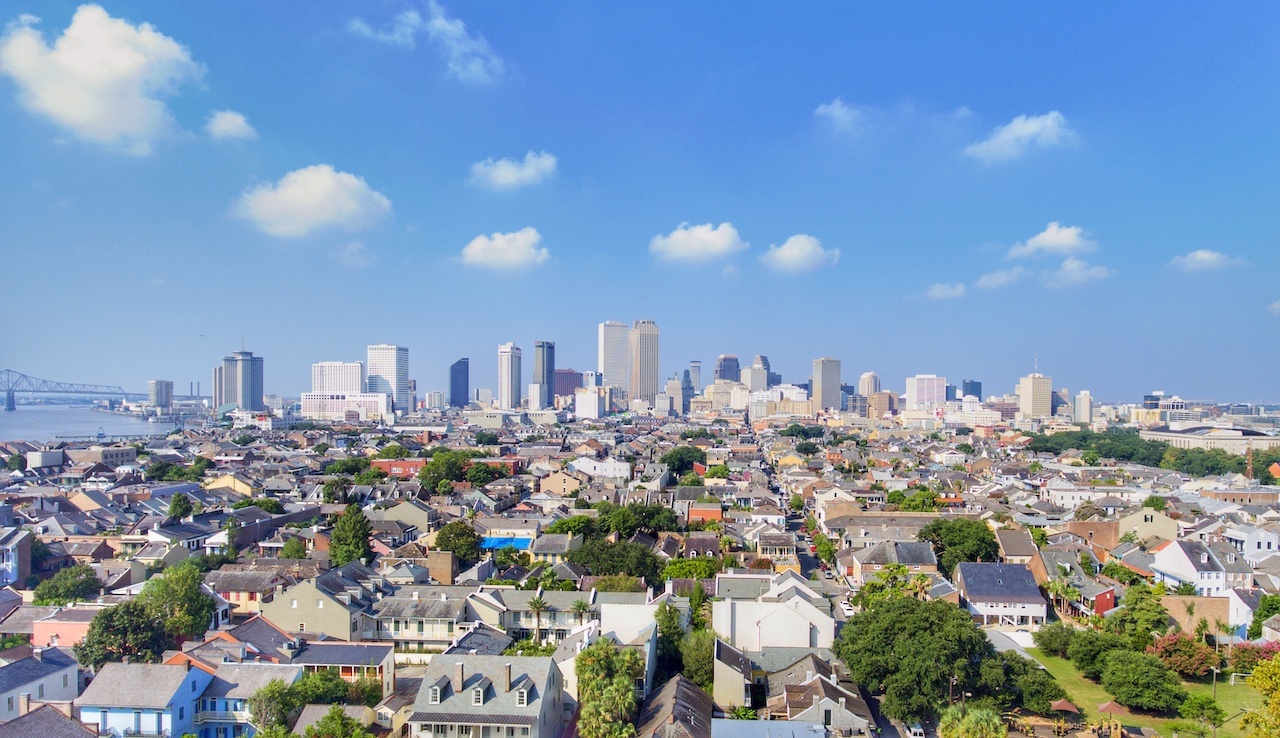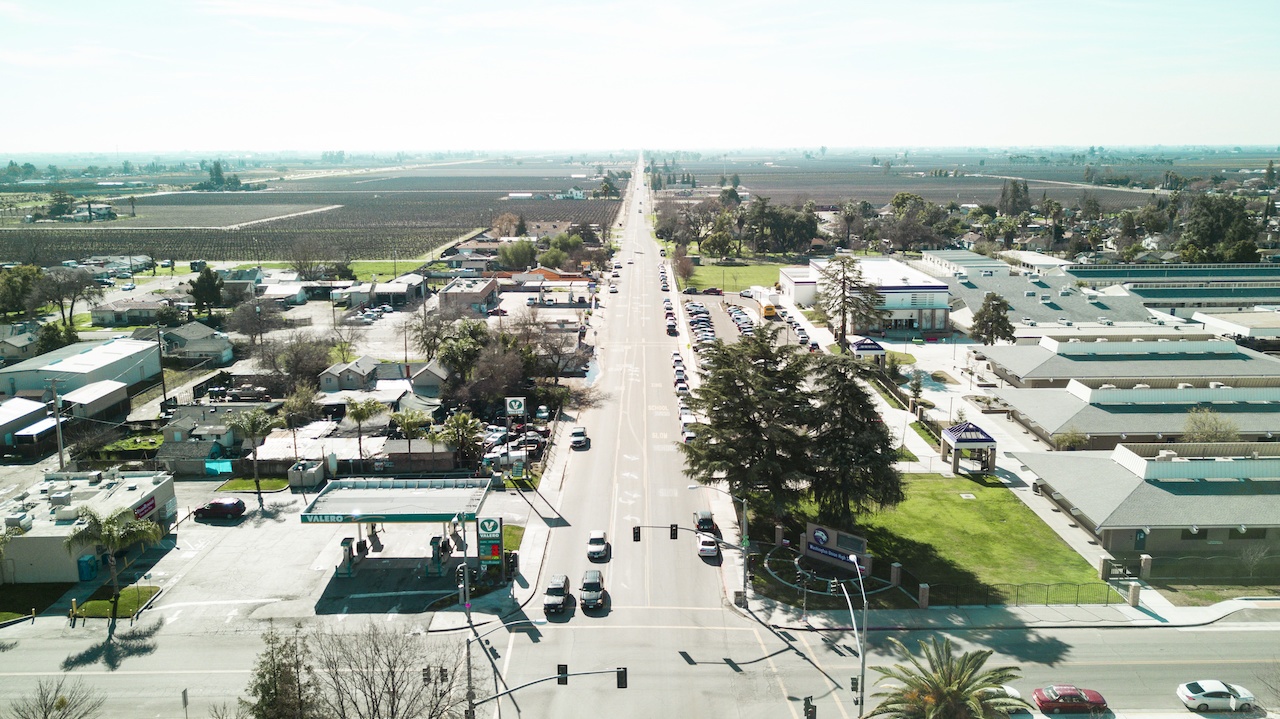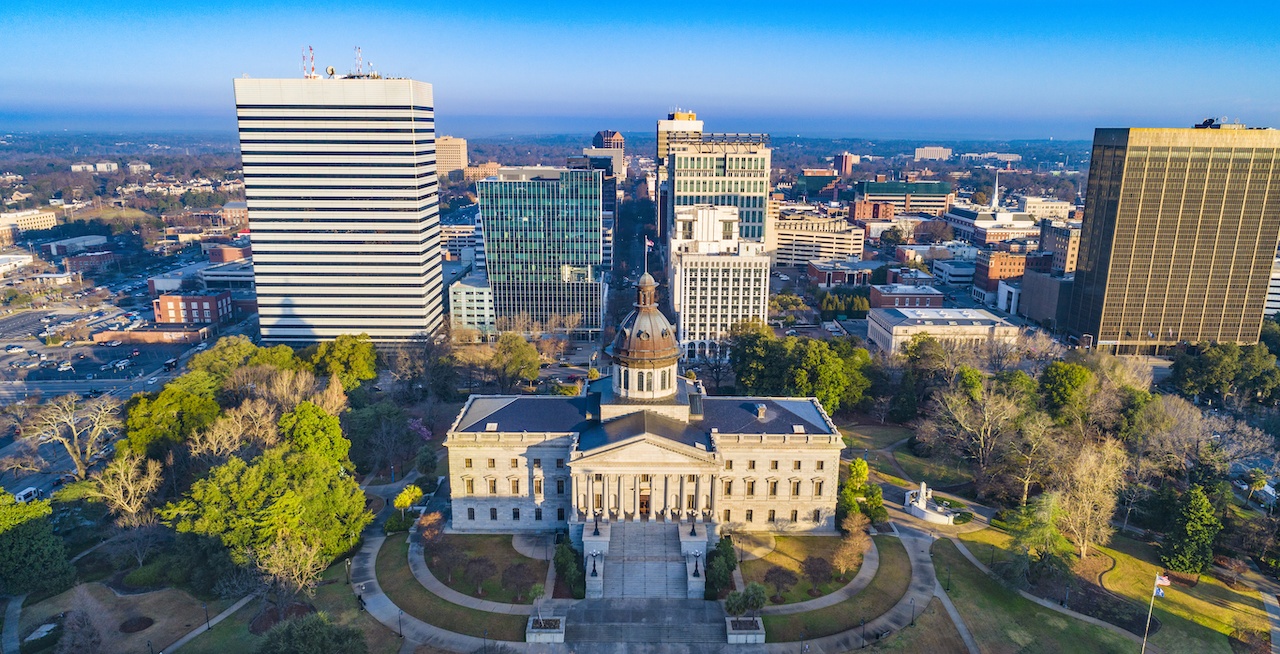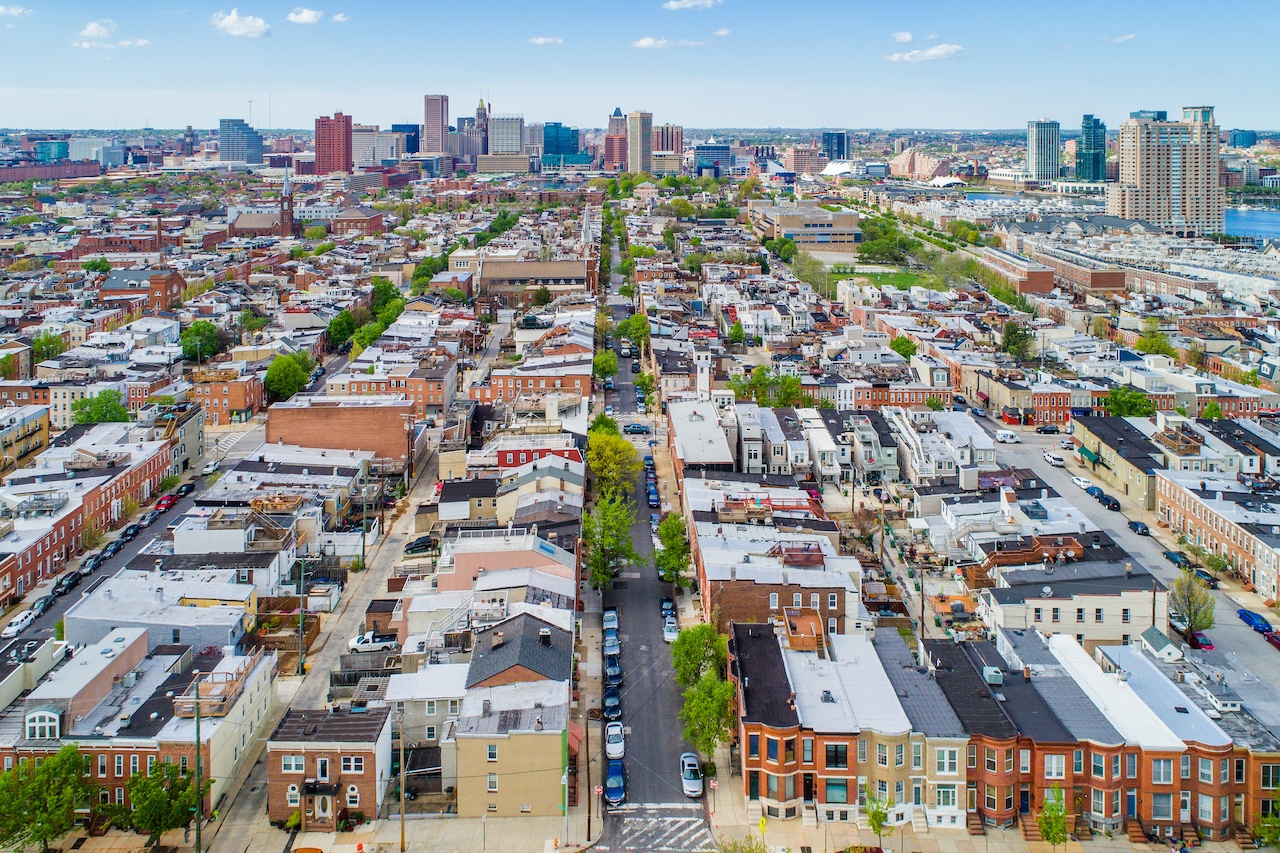Smart Cities
The Zero-Emissions Future for Vehicles is Coming
Drive to Zero’s mission is to transform the medium- and heavy-duty vehicle (MHDV) sector, which includes everything from transit buses to eighteen wheelers to box trucks to school buses. We are uniting key regions of change, along with leading manufacturers and fleet users, to collaboratively speed adoption of NZ and ZE technology through requirements, policies, incentives, investments, and infrastructure that support early market success.
4 Reasons Why Urban Landscapes are a Linchpin for Climate Resilience
Replacing grass with climate appropriate plants (and irrigating those plants properly) can reduce a landscape’s water needs by 70-80 percent. During the last California drought, we saw homes across the state doing this, a trend significant enough to be clear on Google Maps. This was a big part of why California’s urban communities were able to meet, in fact exceed, the emergency drought mandate of reducing water use by 20 percent.
How Cities Can Benefit from International Knowledge Exchange
The use platform provides information on how to develop and implement approaches in response to complex urban issues in a local context. Each of the case studies offers a summary of a project, program or policy, including challenges, lessons learned, impacts and an assessment of the transferability potential to another location. The use platform is free and accessible to everyone who shares an interest in urban sustainability. Search our database, join the community, and upload your project.
The 5 Transformative Urban Impacts of Cycling for Transportation
BYCS is an Amsterdam-based social enterprise driven by the belief that bicycles transform cities and cities transform the world. We work internationally with governments, businesses, and nonprofits to initiate and scale breakthrough ideas that accelerate cycling in cities. We then invest our profits into game-changing programs that can be adopted around the world.
A New Era for Microgrids
Even as private developers become familiar with the technical challenges and opportunities of microgrids, they face difficulty in determining how to procure them. Plant ownership is a major consideration to developers as they study microgrid feasibility on large projects. Multi-year project phasing and uncertainty about long-term ownership of their assets makes it difficult for developers to justify the cost of a microgrid, especially in the concept stage when the Smart Utilities microgrid assessment takes place.
A Book Review of A New City O/S: The Power of Open, Collaborative and Distributed Governance
The book highlights examples of how local governments are already applying principles of user-centered design and government that acts in time. Before launching their “Customer Choices” program, visiting the Indiana Bureau of Motor Vehicles was an inconvenient experience for residents to say the least. The new program dramatically improved customer satisfaction rates by allowing residents to access their services through partner dealerships or online, schedule appointments for in person visits, and monitor wait times.
The Future of Our Cities & Communities Depends on Urban Resiliency
There are sound reasons for philanthropic organizations to be supporting efforts at strengthening resiliency. In 2017, the United States experienced 16 major natural disasters that each resulted in $1 billion or more in damage. Hundreds of other smaller-scale disasters struck the nation as well, causing in total at least $320 billion in damage – the most ever in a single year. This past year brought two major hurricanes, massive wildfires, significant floods, volcanic eruptions, super typhoons, major earthquakes and devastating tsunamis, with at least 14 $1 billion disasters in the U.S.
Equity is Essential to Building a Healthy City
We, the people are a city’s greatest asset. We drive economies, pass laws, volunteer in the community, and come together in times of strife and celebration. But what happens when—by design—some of our neighbors and friends are unable to access or participate in...The Care of Forested Natural Areas in American Cities
Municipal governments and local partner organizations are the primary governing bodies responsible for improving greenspaces in cities. But unlike other public lands, they do not have formal oversight, protection, research or guidance for their care. In comparison to rural forests, urban conservation strategies are developing — often with limited data and resources to understand basic information like where they are, their condition, and how they are changing. In cities, this responsibility has been left up to local institutions and governing bodies.
As our world becomes more urban, local forests will play a primary role in conservation education and nature connection for millions of people nationwide. Ensuring healthy forests in cities is not just an important mandate for individual cities but should be considered a national priority.
Technology Can Do Much More than Optimize Cities
To a very real extent, city governments are held back by the fact they can’t go out of business. It’s fundamentally harder – in any sector – to reinvent an organisation than it is to create a new one. That’s especially so when the organisation is as complex as a city government with 900+ lines of business, and where the stakes of failing are so consequential. Policymakers and the wider innovation community cannot shirk the question of transition.
Addressing Housing as a Cornerstone for Community Health
The high cost of housing affects every county in the nation, particularly urban communities. More than one in ten households live with the burden of severe housing costs. In other words, they spend more than half of what they earn on rent or mortgage payments. This is particularly true in larger urban metro counties, where the percentage of households that are housing cost burdened is higher than in smaller metro, suburban, or rural counties. In many communities, the increase in housing costs have outpaced increases in local incomes. Renters are also disproportionately burdened by high housing costs with one in four renters impacted. And low-income renters experience an even greater financial burden with one in two spending more than half their paycheck on rent.
Overcoming the Inequity of EV Ownership in Maryland
We found that EV owners are white (85%), male (75%), well educated, affluent (80% >$100,000 household income), older, urban/suburban oriented, and environmentally conscious; they charge at home and use the EV to commute to work (similar to findings in other areas of the country). “Environmental concerns” is the most important factor for purchasing and driving an EV; “price and status” is the second most important factor; “efficiency and performance” of the EV is the third most important. EV owners with lower household income (<$100,000), the remaining 20%, are younger, exurban/rural oriented, and concerned about price and status of the EV. Government at state and federal levels has been subsidizing mostly affluent households to purchase new EVs, which opens up a huge equity issue.

